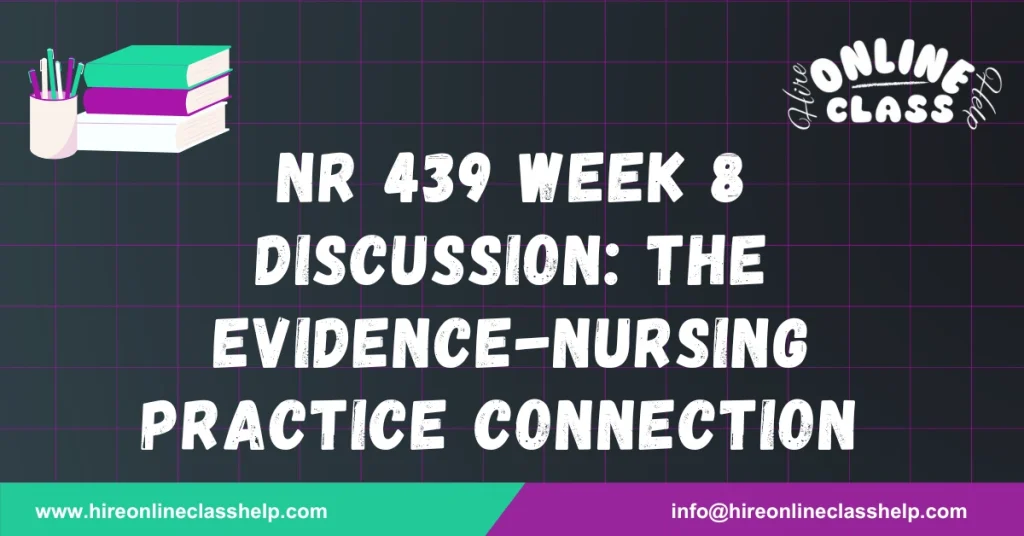






Name
Chamberlain University
NR-439: RN Evidence-Based Practice
Prof. Name
Date
In evidence-based nursing practice, nurses utilize data to make precise and informed clinical decisions while monitoring improvements and optimizing workflow. This approach enhances patient care and overall outcomes. For example, the implementation of a Real-Time Locator System (RTLS) improves communication, helping to streamline nursing and patient workflows by minimizing errors and inefficiencies, both of which are essential to delivering high-quality care and improving outcomes.
When reflecting on current nursing practice, I recognize that delivering consistent, high-quality nursing care presents significant challenges within today’s healthcare systems. The adoption of evidence-based practice (EBP) offers a reliable, problem-solving approach rooted in the best available and valid evidence, which fosters quality patient care, professional development, and reduced healthcare costs (Tacia et al., 2015). However, barriers exist that prevent nurses from fully engaging in EBP. A common obstacle cited by many nurses and clinicians is the lack of time, which hinders the adoption and proper implementation of EBP. Additionally, the lack of knowledge or uncertainty about the EBP process—such as critiquing and appraising relevant nursing literature—serves as another substantial barrier (Khammarnia et al., 2015).
To promote the use of evidence in improving nursing care, one effective strategy I would employ is engaging relevant stakeholders. Collaborating with appropriate stakeholders during the implementation of EBP can foster trust between nurses and patients, and enable nurses to gain valuable insights from their experiences. Stakeholders contribute positively to the process by helping identify outcome measures and promoting better planning for EBP implementation (Khammarnia et al., 2015). Their involvement from the outset ensures a higher likelihood of successful practice adoption.
Reflecting on my journey throughout this course, I realize how much my perspective on nursing research and the application of EBP has evolved. I have learned that nursing research is critical for nurses and healthcare professionals, as it identifies the most effective practices for improving patient care. As new research emerges, it provides updated information that healthcare professionals can apply to respond to changes in healthcare environments and improve patient outcomes (Stevens, 2013). Furthermore, EBP has shown me the importance of integrating clinical expertise with the best available research, patient preferences, and systematic evaluations to make informed decisions about patient care. As I move forward in my career, I will take with me the invaluable lesson that EBP enables healthcare practitioners to critically assess clinical guidelines and research, applying this knowledge to everyday nursing practice.
Khammarnia, M., Haj Mohammadi, M., Amani, Z., Rezaeian, S., & Setoodehzadeh, F. (2015). Barriers to Implementation of Evidence Based Practice in Zahedan Teaching Hospitals, Iran, 2014. Nursing Research and Practice, 2015, 1–5.
Stevens, K. (2013). The Impact of Evidence-Based Practice in Nursing and the Next Big Ideas. OJIN: The Online Journal of Issues in Nursing, 18(2), Manuscript 4.
Tacia, L., Biskupski, K., Pheley, A., & Lehto, R. (2015). Identifying barriers to evidence-based practice adoption: A focus group study. Clinical Nursing Studies, 3(2).